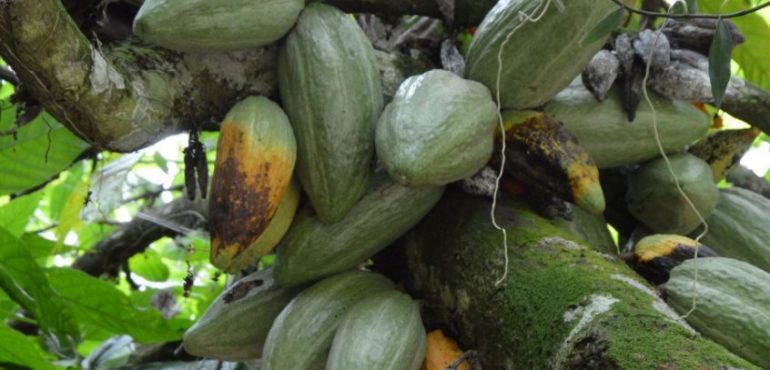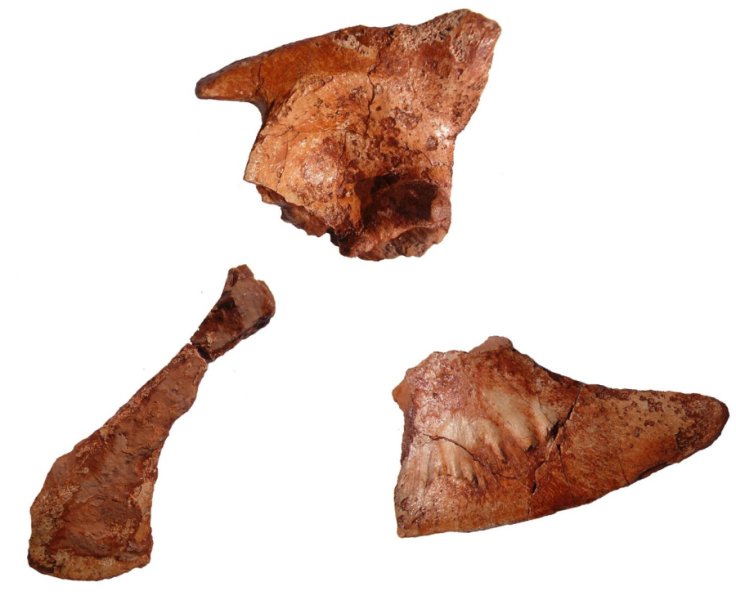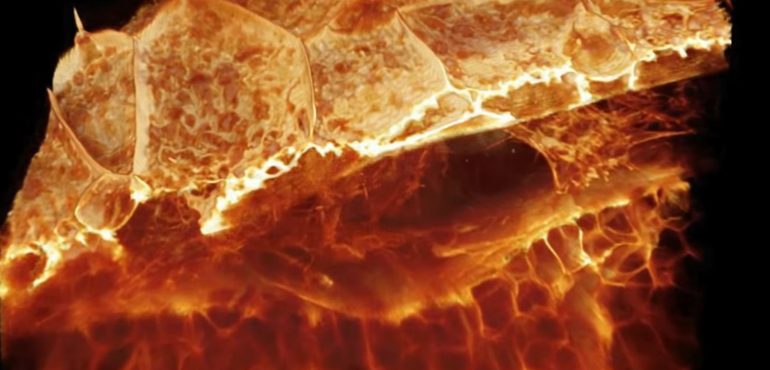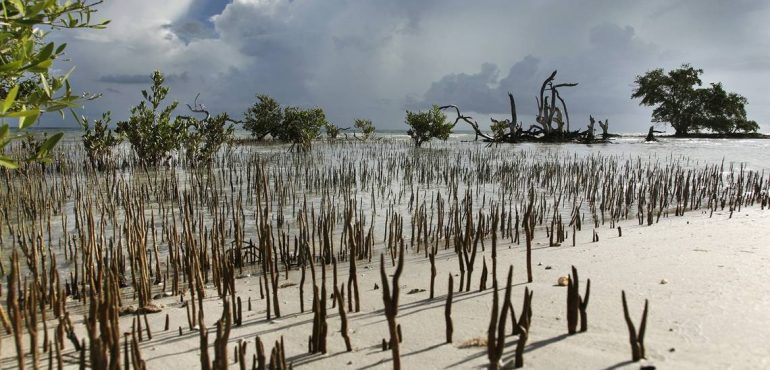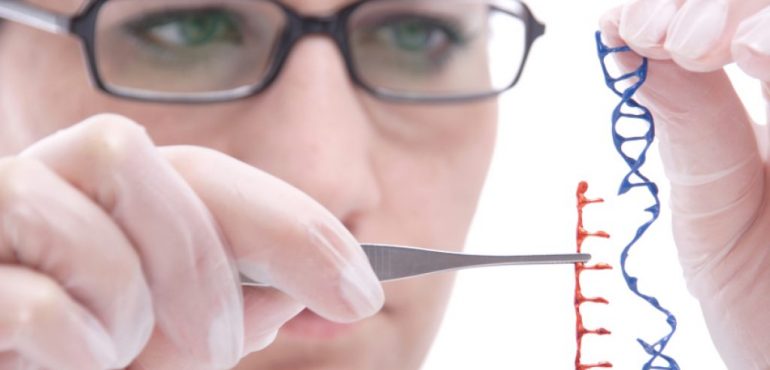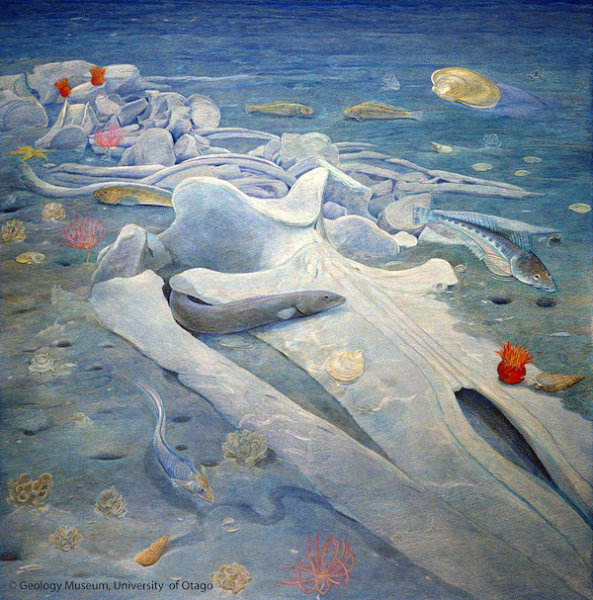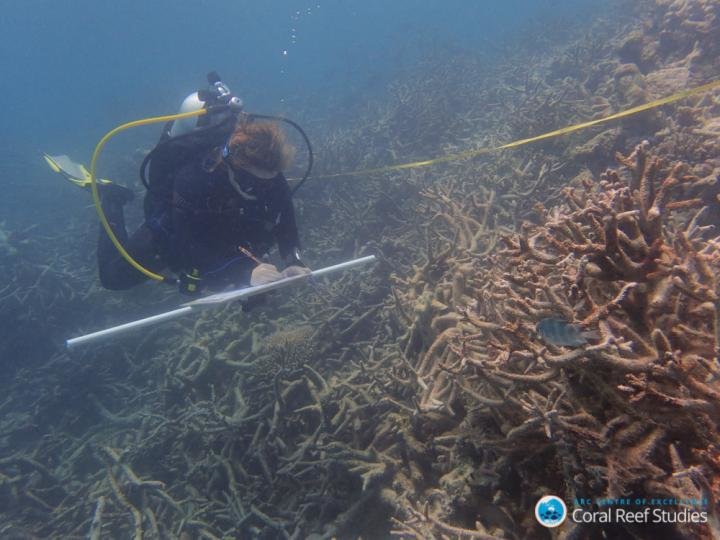Today's baleen whales (Mysticetes) support their massive bodies by filtering huge volumes of small prey from seawater using comb-like baleen in their mouths much like a sieve. But new evidence reported in the journal Current Biology on May 10 based on careful analysis of a 34-million-year-old whale skull from Antarctica -- the second-oldest "baleen" whale ever found…
Read more
Ancient skull shows early ‘baleen whale’ had teeth


